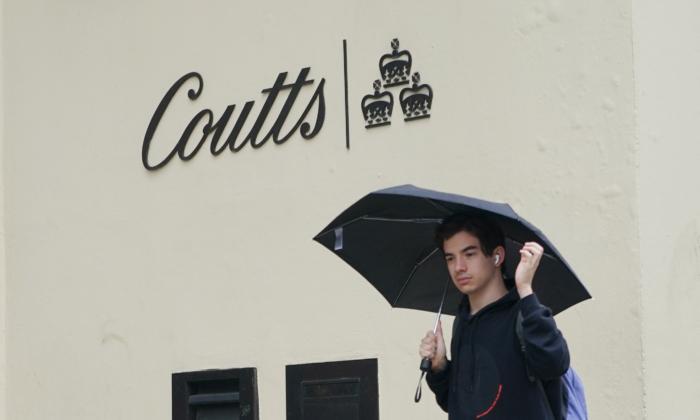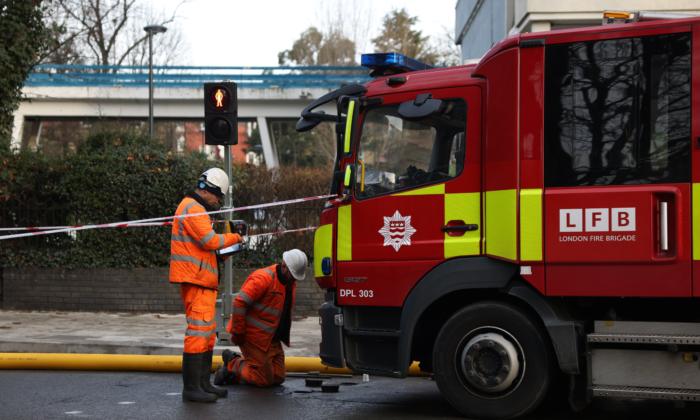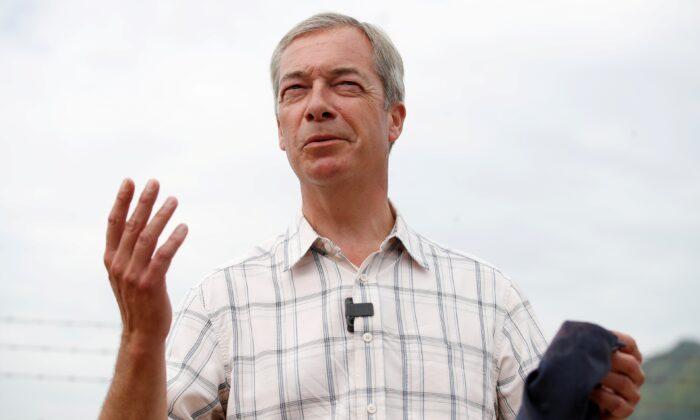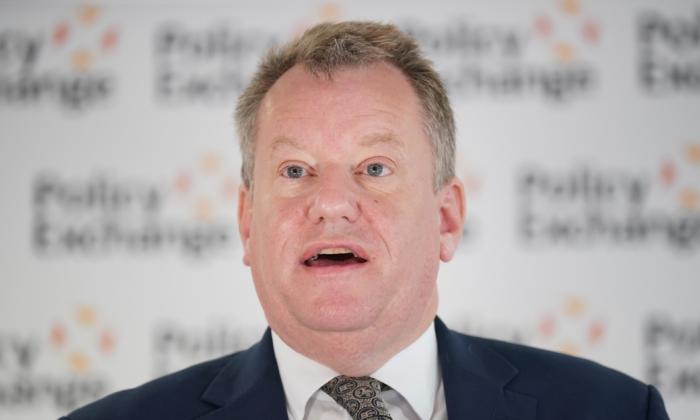Britain’s rate of unemployment has risen again and the number of vacancies fell back further in a sign of a weakening jobs market, official figures have shown.
According to the latest data from the Office of National Statistics (ONS), the UK unemployment rate rose to an estimated 3.7 percent in the three months to October, 0.1 percentage points higher than the previous three-month period, though it was still 0.3 percentage points below pre-pandemic levels.
Meanwhile, vacancies dropped by 65,000 in the three months to November to 1.9 million, the fifth quarterly decline in a row and the first annual fall since the beginning of last year.
The ONS said regular wages, excluding bonuses, rose by 6.1 percent in the three months to October—a record outside of the COVID-19 pandemic—as firms are under increasing pressure to increase earnings.
Returning to Work
The data also showed that more people are choosing to return to work to combat soaring living costs.In the three months to October, the number of economically inactive people—those unable or choosing not to work—decreased by 76,000 to 8.9 million.
The fall was even more stark among those aged 50–64, with a drop of 84,000 of so-called economically inactive people, suggesting many of those who decided to retire in the pandemic are now returning to work.
Sam Beckett, ONS head of economic statistics, said: “This quarter the proportion of people neither working nor looking for a job fell, driven by a drop in the number of working-age people regarding themselves as retired. This tallies with other data which suggest more people in their 50s are thinking of going back to work, at a time when the cost of living is rising rapidly.
“With more people re-engaging with the labour market, there were more in employment and also more who were actively looking for a job. Though job vacancies are still at a very high level, they continue to fall and are now lower than they were a year ago.”

‘Difficult Decisions’
Commenting on the latest labour market data, Chancellor of the Exchequer Jeremy Hunt said: “To get the British economy back on track, we have a plan which will help to more than halve inflation next year—but that requires some difficult decisions now. Any action that risks embedding high prices into our economy will only prolong the pain for everyone, and stunt any prospect of long-term economic growth.”He added that the government is “committed to helping people back into work, and helping those in employment to raise their incomes, progress in work, and become financially independent.”
But the main opposition Labour Party blamed the Conservative government for the economic difficulties.
Labour’s shadow work and pensions secretary Jonathan Ashworth said, “Twelve years of Conservative failure on the economy has left working people with falling wages, employment lower than pre-pandemic, and record numbers of people out of work for reasons of ill-health, costing billions more in benefit payments.”
He said a Labour government would “get Britain working again.”
“Instead of turning their backs on people who want help to find a job, Labour would get Britain working again and target the highest employment in the G-7 by shifting resources to local communities,” he said.
Impact on Interest Rates
Experts say the Bank of England, the UK’s central bank, needs to take the latest unemployment figure into consideration when making decisions on interest rates.Some economists are predicting an interest rate rise from 3 to 3.5 percent later this week.
Kitty Ussher, chief economist at the Institute of Directors, said: “The labour market has now turned. While unemployment is still, thankfully, very low by historical standards, it has started to march upwards.
“The Bank of England therefore needs to pause for thought before continuing its aggressive path of interest rate rises. When the medicine is starting to work it can be reckless to keep increasing the dose.
“On balance a slight and cautious rise on Thursday is probably justified until it becomes clear that inflation is on a firm downwards path. However, anything more would risk over-shooting their medium-term target leading to unnecessary pain among those seeking work to raise their household incomes.”
Susannah Streeter, senior investment and markets analyst at Hargreaves Lansdown, said the drop in economic inactivity may ease the demand for wage rises and reduce the inflationary pressure.
She said, “More people are leaving the inactive masses, clearly keen to earn extra money as the cost-of-living crisis intensifies.”
She added: “With the fight for talent easing a little though, it’s welcome news on the inflation front as this may start to dampen down wage demand spiral, which the Bank of England fears could become embedded in the economy.”





